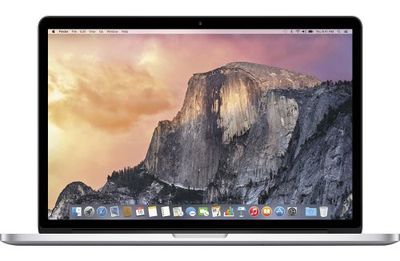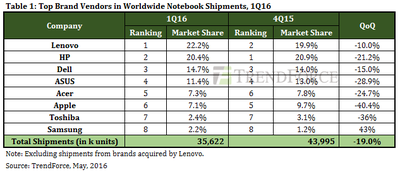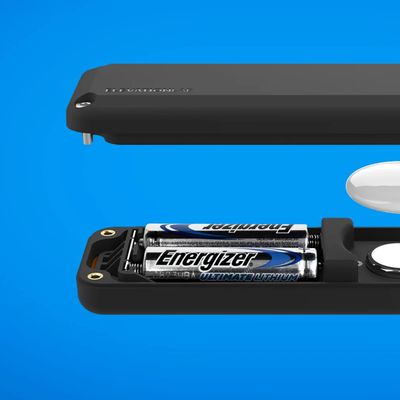Apple reported its first negative-growth quarter since 2003 last month as iPhone, iPad, and Mac sales all declined compared to the year-ago period, and new data shows that notebook sales unsurprisingly fared no better when broken out.

MacBook, MacBook Air, and MacBook Pro sales totaled an estimated 2.53 million in the first quarter of the 2016 calendar year, down from an estimated 3.4 million in the year-ago quarter, according to market research firm TrendForce.
Apple's notebook market share dropped to an estimated 7.1-percent in the first quarter, down from 8.8-percent in the previous March quarter, as Windows-based PC vendors and the overall notebook industry continue to suffer from slowing sales.

Apple remained the sixth largest notebook vendor in the first quarter, trailing behind PC makers Lenovo, HP, Dell, ASUS, and Acer but ahead of Samsung and Toshiba. Mac notebook sales dropped 40-percent quarter-over-quarter, but largely due to expected seasonality following the holiday shopping season.
In the first quarter, Apple did not have any new MacBook products ready for the market, nor did it lower MacBook prices to generate sales. Apple’s Wintel-based competitors, on the other hand, benefitted from Windows 10 and the steady supply of Intel’s Skylake CPUs. They were able to have numerous new products ready to promote and ship. As a result, MacBook shipments suffered a massive quarterly decline of 40.4% in the first quarter and Apple retreated to the sixth place in the ranking.
Many prospective buyers are also hoping for a redesigned MacBook Pro featuring faster Skylake processors and Thunderbolt 3 with USB-C, which could be announced at WWDC next month. Apple released a Skylake-based 12-inch MacBook in April and started shipping the 13-inch MacBook Air with 8GB of RAM as standard.
Apple officially reported Mac sales of 4.03 million during the past quarter, including the iMac, Mac mini, and Mac Pro alongside notebooks.
TrendForce estimates worldwide notebook shipments totaled 35.62 million units during the quarter, marking a year-over-year decline of 7.3-percent.























